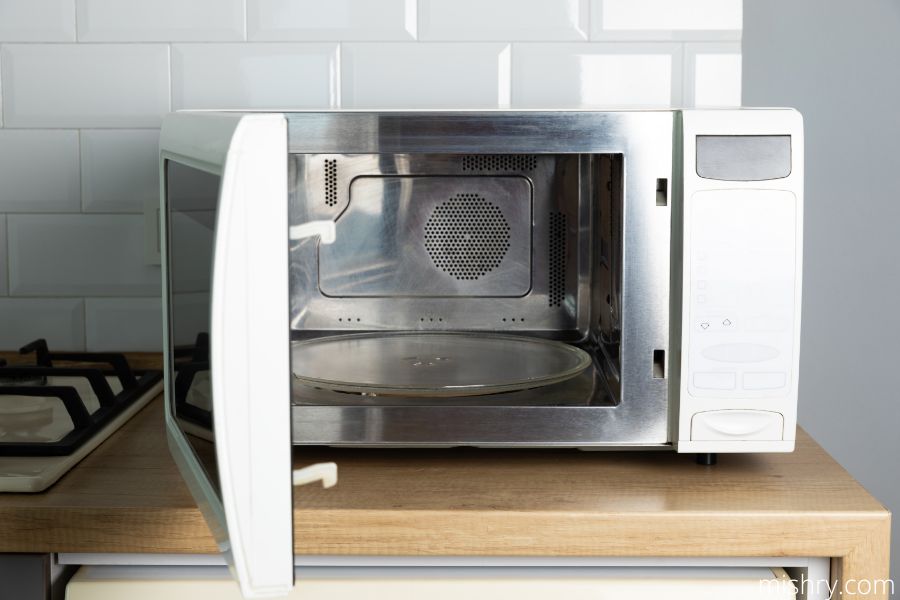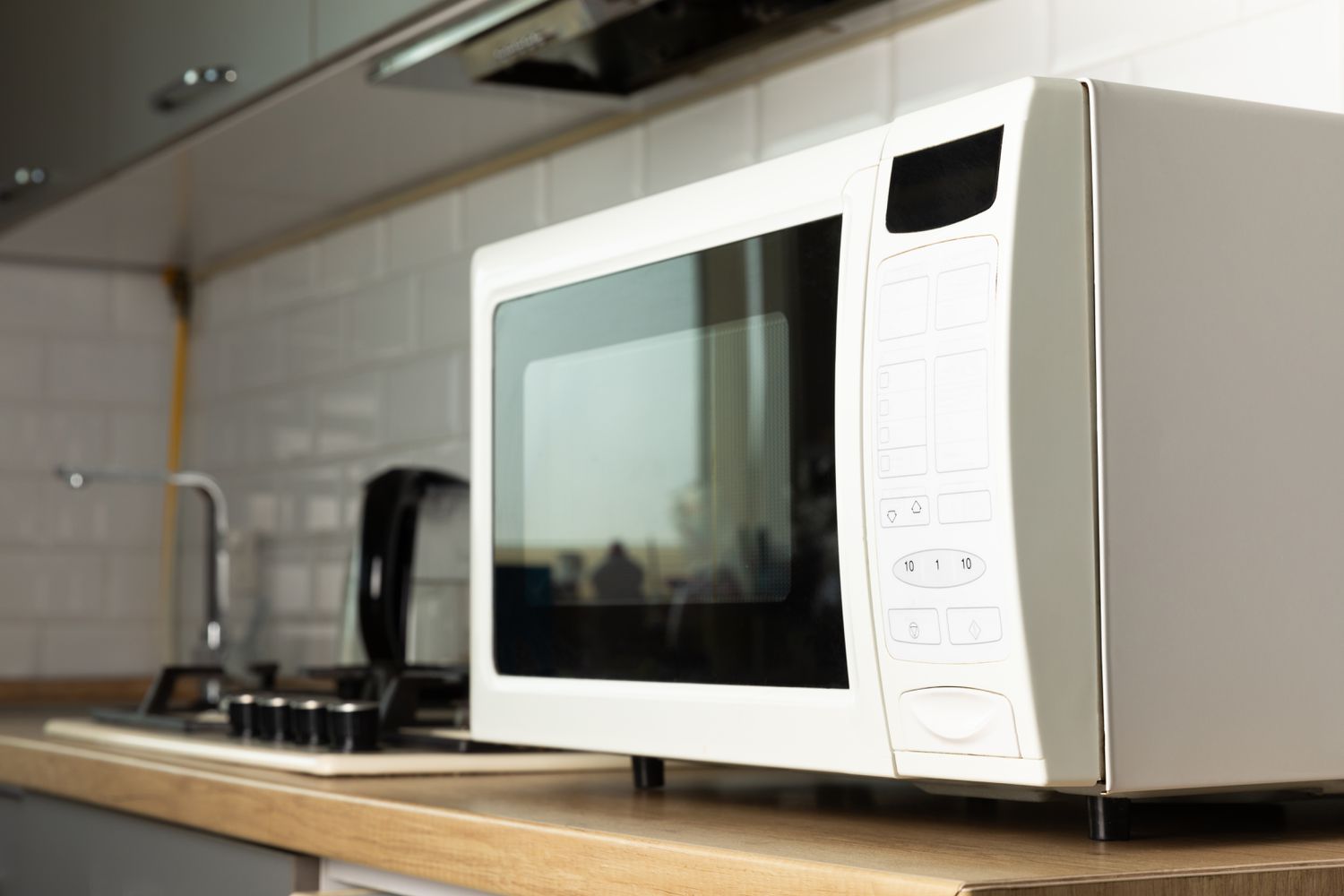Recycling a microwave may seem straightforward, but understanding the process and knowing the best practices can make a significant difference in how responsibly you dispose of this common kitchen appliance.
This guide covers everything you need to know, from what to consider before recycling to the actual recycling process and alternatives if recycling isn’t feasible.
How to Recycle a Microwave?
To recycle a microwave, you need to check local recycling centers for guidelines, remove hazardous materials, and drop it off for safe disposal.
Key Takeaways
- Recycling a microwave helps reduce waste and conserve resources.
- Follow local regulations for safe and responsible disposal.
- Consider donation or reuse if the microwave is still functional.
What to Consider Before Recycling a Microwave?

Before diving into the recycling process, take a moment to evaluate your microwave’s condition. If it still works, think about giving it a second life by donating it. Many local charities, shelters, or community centers would gladly accept a functional microwave.
This not only helps someone in need but also significantly reduces waste, making your contribution more environmentally friendly.
If the microwave has seen better days—perhaps it’s malfunctioning or has extensive wear and tear—then recycling is the best course of action. Remember, many components in microwaves can be hazardous, so improper disposal can lead to environmental issues.
Always check your local recycling guidelines to understand how to handle appliances safely.
However, if your microwave is broken or has been malfunctioning for a while, recycling is likely the best option.
Microwaves contain various materials, some of which can be hazardous if not disposed of correctly.
Many components—like the magnetron, which generates microwaves—can be harmful to the environment if they end up in a landfill. Therefore, knowing whether to donate or recycle is crucial for responsible waste management.
How to Prepare a Microwave for Recycling
Preparing your microwave for recycling is a simple process, and it ensures that you’re doing your part to minimize environmental impact. Here’s a step-by-step guide on how to prepare your microwave:
- Unplug the Microwave: Safety first! Make sure to unplug your microwave before you start handling it. This prevents any risk of electric shock.
- Empty the Microwave: Remove any food, containers, and accessories, such as the turntable, racks, and any decorative items. These components can often be recycled separately.
- Check for Hazardous Components: Some microwaves have a removable magnetron, which is essential to take out because it can be considered hazardous waste. Consult the manufacturer’s guidelines or your local recycling center for information on how to safely remove this component.
- Clean the Interior: Give the microwave a good clean. Wipe down the inside with a non-toxic cleaner to ensure that there are no lingering odors or residue. This also makes it easier for recyclers to process the appliance.
- Secure the Cord: For safety, it’s a good idea to cut the power cord and secure it. This helps prevent any accidents during transportation or when recycling.
Following these steps ensures that you are preparing your microwave for recycling safely and responsibly.
Where to Recycle a Microwave

Finding the right location to recycle your microwave is crucial. Here are some options to consider:
- Local Recycling Centers: Many recycling centers accept small appliances like microwaves. To find one near you, visit your municipal waste management website. They typically provide information about designated drop-off locations and recycling guidelines.
- Retailers with Recycling Programs: Some appliance retailers offer recycling programs, especially when you purchase a new microwave. This service can simplify the process by allowing you to drop off your old appliance during your new purchase.
- Waste Management Events: Keep an eye out for local waste management events that focus on electronics and appliance recycling. These events can provide an opportunity to recycle your microwave safely and responsibly. In these events, you can even recycle your TV safely.
- Hazardous Waste Facilities: If your microwave contains hazardous components, you may need to take it to a specialized hazardous waste facility. These facilities are equipped to handle items that require special care during disposal.
- Donation Programs: If your microwave is still functional, consider donating it to local charities or shelters. Organizations like Habitat for Humanity often accept working appliances and can help ensure they are put to good use.
What Happens to a Recycled Microwave
Once your microwave is collected for recycling, it undergoes several important processes aimed at recovering valuable materials and ensuring responsible disposal. Here’s what typically happens:
- Dismantling: The microwave is first dismantled. Skilled workers or machines separate the various components, including metal, plastic, glass, and hazardous materials.
- Hazardous Component Disposal: Any hazardous components, like the magnetron, are handled with care to prevent environmental contamination. Specialized facilities may process these parts to ensure they are disposed of safely.
- Material Recovery: After dismantling, recyclable materials are sorted and processed. Metals, such as aluminum and steel, are melted down and repurposed, while plastics may be processed into new products. Glass can also be recycled into various applications.
- Resource Conservation: This recycling process helps conserve natural resources and reduces the amount of waste sent to landfills. By recovering materials that can be reused, we can lessen the demand for new raw materials, which in turn helps lower environmental impact.
- Environmentally Safe Disposal: Any non-recyclable or hazardous waste is disposed of in a manner that minimizes environmental harm. This is a critical step in ensuring that recycling contributes positively to waste management.
Alternatives to Recycling a Microwave
If recycling isn’t a viable option for your situation, there are several alternatives you might consider:
- Donation: If your microwave is still in working order, donating it is a great option. Local charities, shelters, and community centers often accept working appliances. This is an excellent way to help those in your community while reducing waste.
- Buyback Programs: Some retailers have buyback programs or trade-ins when you purchase a new microwave. This can help offset the cost of your new appliance while ensuring your old one is disposed of responsibly.
- Upcycling: Get creative and think about upcycling your old microwave. With a little imagination, you could transform it into a unique storage solution or even a planter for your garden. Upcycling not only reduces waste but can also add a personal touch to your home.
- Local Dumps: If the volume of debris is manageable, you might consider taking the microwave to your local dump. Just ensure you check their regulations regarding appliance disposal.
- Repair Options: If the microwave is malfunctioning, consider repairing it instead of replacing it. Sometimes, a simple fix can bring your microwave back to life, saving you money and reducing waste.
Apart from a microwave, If you have any other waste that you need to get removed from your home, simply get our dumpster rental in Elmont, Oceanside, or even Garden City.
Frequently Asked Questions:
1. Can I recycle a microwave at my local recycling center?
Yes, many local recycling centers accept microwaves for recycling. Be sure to check with your municipal waste management for specific guidelines, as some centers may require the removal of hazardous components, such as the magnetron, before drop-off.
2. What should I do with my old microwave if it still works?
If your microwave is still in working condition, consider donating it to local charities, shelters, or community centers. This not only helps someone in need but also reduces waste, contributing to a more sustainable environment.
3. How can I safely prepare my microwave for recycling?
To prepare your microwave for recycling, unplug it, remove any food or accessories, clean the interior, and check for hazardous components like the magnetron. Secure the power cord to prevent accidents, and consult your local recycling center for specific disposal instructions.
Conclusion
Recycling a microwave is more than just a responsible choice; it’s a way to contribute positively to your community and the planet. By assessing your appliance’s condition and preparing it properly for recycling, you’re taking steps toward better resource conservation and waste reduction.
With proper planning and thoughtful consideration, you can make responsible choices when it comes to disposing of your microwave. Every small effort counts, and by recycling or donating, you help create a cleaner, more sustainable future for our planet.


